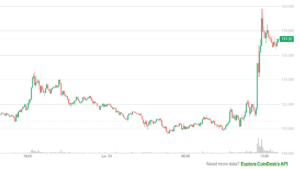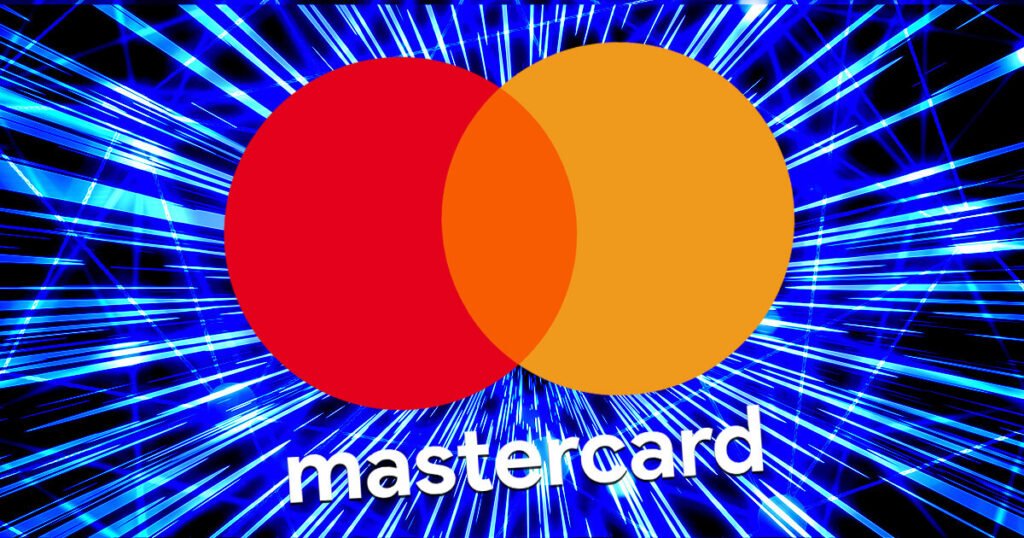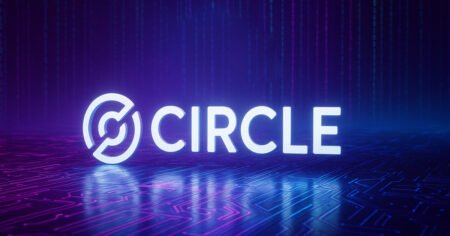Mastercard’s Innovative Stablecoin Payment Functionality: A Game-Changer for Consumer and Merchant Transactions
On April 28, Mastercard unveiled groundbreaking stablecoin payment functionalities, aiming to bridge the gap between digital currencies and everyday commerce. Collaborating with leading crypto-native and fintech partners like OKX and Nuvei, Mastercard is integrating stablecoins into traditional payment systems, ensuring seamless transactions for consumers and merchants alike. This initiative represents a significant shift in how digital assets can be utilized within the financial ecosystem. By establishing a comprehensive framework that encompasses wallet enablement, card issuance, merchant settlements, and cross-border remittances, Mastercard is positioning itself as a frontrunner in the evolving landscape of digital currency use.
A Vision for Streamlined Payments
Mastercard’s Chief Product Officer, Jorn Lambert, highlighted the transformative potential of stablecoins, stating, “We believe in the potential of stablecoins to streamline payments and commerce across the value chain." This vision aligns with the broader trend as the regulatory landscape surrounding cryptocurrencies becomes clearer. Moving beyond their traditional role as trading instruments, stablecoins are now being recognized as viable solutions for everyday transactions. For Mastercard, integrating these digital assets into commerce is not just an optional strategy; it is a critical component for enabling greater financial freedom for individuals and businesses.
Enabling Stablecoin Spending
Through partnerships with leading platforms such as MetaMask, Kraken, Gemini, Bybit, Crypto.com, Binance, and others, Mastercard is set to enable stablecoin expenditure via conventional cards, empowering consumers to spend stablecoins stored in their digital wallets at over 150 million merchant locations globally. This transformative approach means that users no longer need to convert stablecoins into fiat currency prior to making transactions, enhancing user convenience and reducing friction. Furthermore, with the launch of the OKX Card in collaboration with OKX, users can gain direct access to their cryptocurrencies, thereby integrating digital assets more thoroughly into their daily financial interactions.
Merchant Settlement Innovations
Mastercard’s initiative also significantly enhances how merchants can settle payments. The collaboration with Nuvei and Circle will allow businesses to receive payments in stablecoins like USDC, regardless of the payment method utilized by consumers. This innovative settlement mechanism will also extend to include Paxos-issued stablecoins, ensuring that merchants have flexible and efficient options for transaction settlements. Such developments not only streamline the payment process but are also pivotal for increasing the adoption of stablecoins, as they provide merchants with tangible benefits in cash flow management and operations.
Enhanced User Experience and Transparency
To tackle existing challenges in stablecoin remittances, Mastercard introduced the Crypto Credential initiative, which allows users of partner exchanges, including Wirex and Coins.ph, to send and receive digital assets via simple usernames. This system is designed to improve verification and ensure transparency in cross-border transactions, thereby instilling greater confidence in digital asset usage. Furthermore, Mastercard’s introduction of the Multi-Token Network (MTN) allows for real-time payments and the redemption of tokenized assets. By connecting deposit accounts to these assets, financial institutions like JPMorgan and Standard Chartered are exploring innovative applications of stablecoins and digital assets in their operations.
The Future of Commerce with Stablecoins
As Mastercard continues to roll out these advanced payment functionalities, it is clear that stablecoins are becoming an integral part of the new financial landscape. By simplifying the use of digital currencies while promoting regulatory compliance, Mastercard is not only enhancing the transaction experience for consumers but also paving the way for broader acceptance of stablecoins among merchants. This holistic approach signifies a crucial step toward embracing a future where digital and traditional currencies coexist, offering a seamless experience for all users.
In conclusion, Mastercard’s recent advancements in stablecoin payments are poised to change how consumers and merchants interact with digital currencies. As stability in the regulatory environment increases, and as more partners join the initiative, the integration of stablecoins into everyday commerce may well become a standard practice. Through its innovative initiatives, Mastercard is leading the charge in unlocking the true potential of stablecoins, providing the freedom and choices that users deserve in a rapidly evolving financial ecosystem.

















